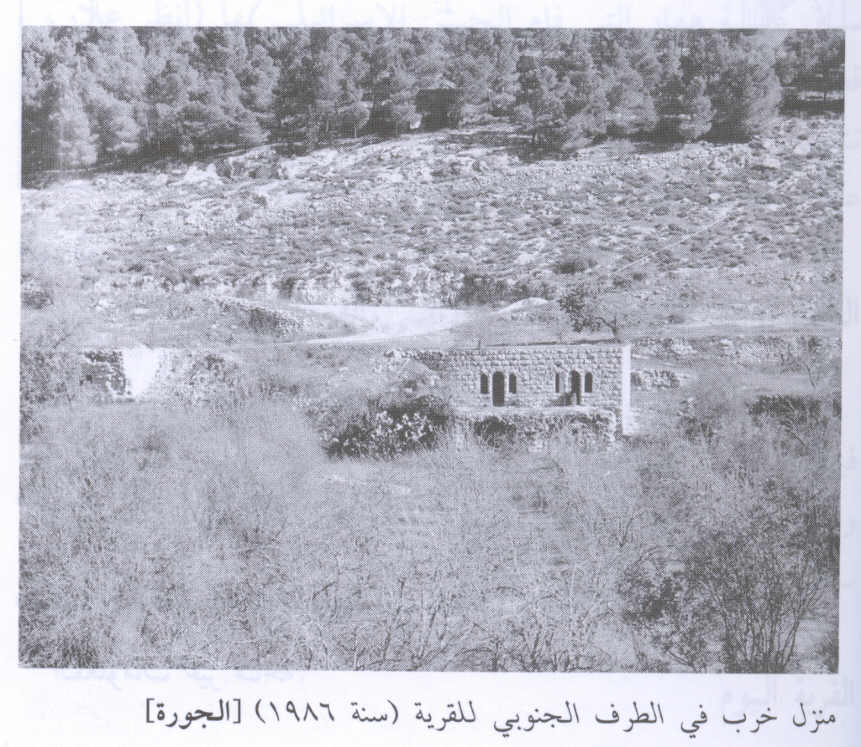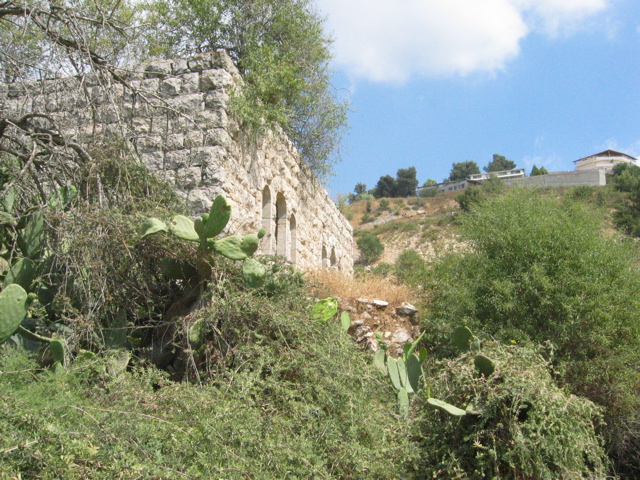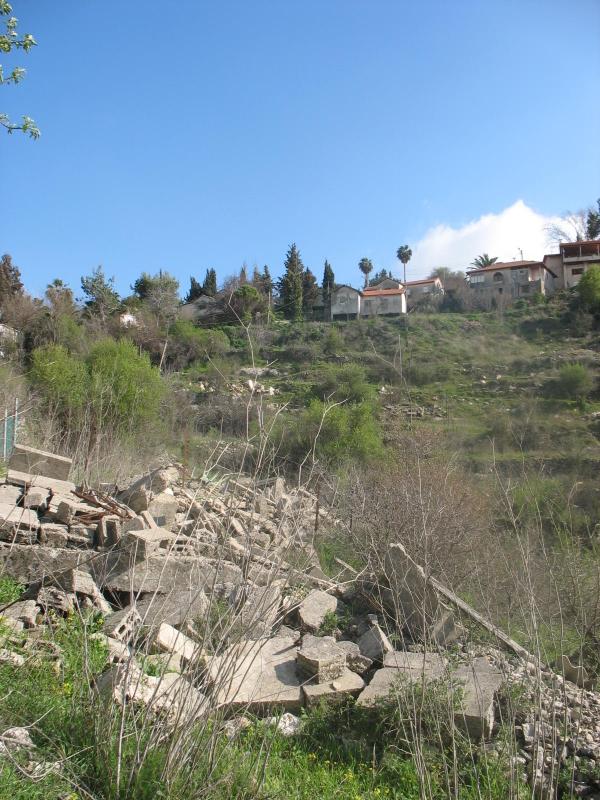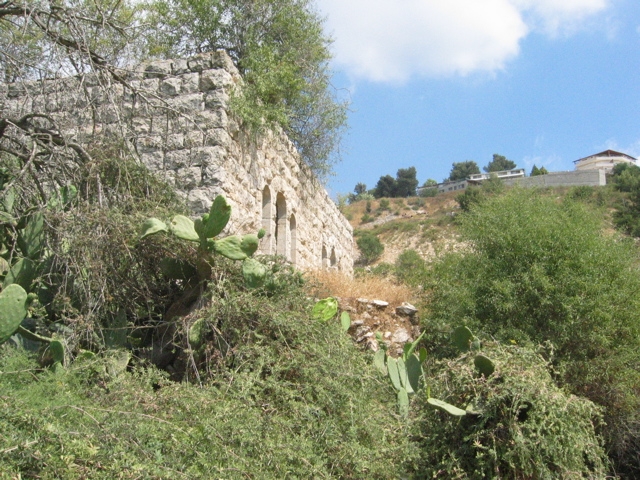Info
District: al-Quds (Jerusalem)
Population 1948: 490
Occupation date: 11/07/1948
Jewish settlements on village/town land before 1948: None
Jewish settlements on village/town land after 1948: Ora
Background:
Al-Jura Before 1948
The village stood on the steep slope of a mountain, facing west, and overlooked deep valleys. A ravine ran in an east-west direction along its southern perimeter. A small hill, on which a school and a convalescent hospital were located, separated al-Jura from the village of Ayn Karim. A secondary road linked it to a highway leading to Al Quds (Jerusalem), and dirt roads connected it to surrounding villages. In the late nineteenth century, al-Jura was described as a small hamlet built on the slope of a ridge with olive trees growing below it.
The village plan was originally rectangular. New construction, however developed in a way that changed the overall plan into an arc. Its houses were built of stone. The people of al-Jura, most of whom were Muslims, relied on the neighboring village of Ayn Karim and on Jerusalem for many of their services. They drew their drinking water from a spring that was west of the village and relied on other springs to the west and southwest for irrigating their fruit orchards and vegetable fields. The village was known for the high quality of its fruit, especially grapes. In 1944/45 a total of 846 dunums was allotted to cereals; 1,125 dunums were irrigated or used for orchards. East of the village lay Khirbat Sa’ida and Ayn al-Jadida which contained evidence of a Byzantine and, later, a Crusader presence on the site. Khirbat al-Qusur, which is identified with the sixteenth-century village of Qusur, was also nearby.
Occupation and Depopulation
Circumstantial evidence indicates that al-Jura was first captured by Israeli troops in the course of Operation Dani. The HIstory of the War of Independence recounts that on 11 July, Israeli units operating in the southern part of the Jerusalem corridor captured two hilltops (one of which was later renamed Mount Herzl) overlooking Ayn Karim and vegan to bombard it before occupying it. Those hills were located in the immediate vicinity of al-Jura, which probably fell at the same time
Israeli Settlements on Village Lands
Israel established the settlement of Ora on village land, 0,5 km east of the site, in 1950.
The Village Today
The only structures that still stand are two limestone houses on the valley floor at the southern edge of the village. The larger house is a rectangular, two-storey building; its second storey has two arched doors, each of which is flanked by two arched windows. Almond groves cover a terrace built on the valley floor. Fig, carob, and cypress trees and cactuses grow on the site. One can see the ruins of houses, staircases, and wells on the adjacent land. The site is surrounded by cypress forests.
-----------------------
Source: al-Khalidi, Walid (ed.). All that remains: the Palestinian villages occupied and depopulated by Israel in 1948. Washington DC: 1992.





